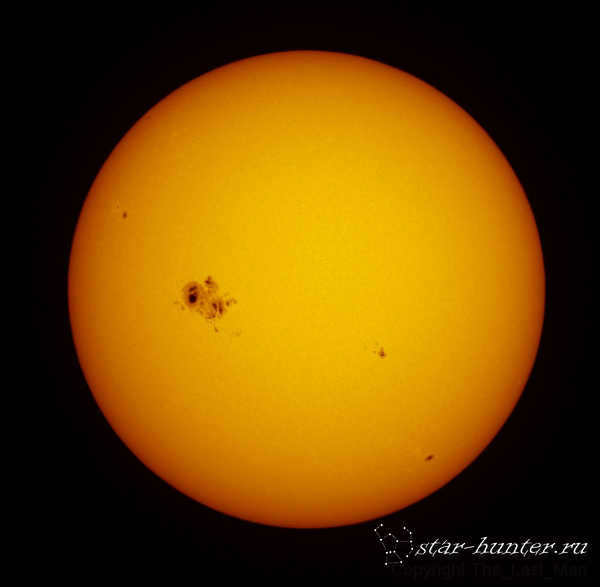During our childhood, a lot of us had the desire to gaze through a telescope, using at least one eye, and a few of us even contemplated a future as an astronomer. If you have never had the opportunity to marvel at the stars through this mesmerizing instrument, now is the perfect moment to rectify this regrettable misconception. Let’s discuss the individual who first invented the telescope, the various types of telescopes available, and the locations where you can experience the joy of peering through them.
A concise telescopic history
The enigmas of the unattainable celestial heavens have been a source of concern for humanity for countless centuries. Sketches of a rudimentary telescope have been discovered within the annotations of the esteemed inventor, writer, and artist Leonardo Da Vinci. Simultaneously, credit for the creation of the initial prototype of a telescope is often given to the Dutchman John Lippersgey, who maintained a workshop dedicated to the production of eyeglasses. However, it is more commonly attributed to the renowned scientist Galileo Galilei, who, in 1609, invented his own telescope and turned it towards the nocturnal expanse. This groundbreaking invention allowed Galileo to observe lunar mountains and craters, identify 4 satellites of Jupiter, declare the existence of sunspots, and make several other groundbreaking discoveries for his era. Although Galileo’s telescope was highly flawed, it still enabled him to magnify distant planets by a factor of 32.

Further progress in science and technology has led to the development of more advanced telescopes. Notable scientists such as Johannes Kepler, Isaac Newton, James Gregory, and Laurent Cassegrain have all played a part in the evolution of this important optical instrument. Today, there are numerous types of telescopes available. They can be classified based on the type of radiation they work with.
When it comes to observing stars visually, telescopes that operate in the optical spectrum are used. These telescopes can be further classified into two categories: refractors and reflectors, depending on their design.
- Refractor – is a traditional telescope that uses a system of lenses to concentrate light rays. This is the type of instrument that was used by Lippersguy and Galileo.
- The reflector is considered a more advanced device that utilizes a special mirror to gather light. The main advantage of this design is the significant reduction in chromatic aberrations, which are visible as a multicolored border around observed objects in refractor telescopes.
When you visit an observatory, you may encounter instruments with complex and unfamiliar names. Keep in mind that:
- Astrograph – is a telescope designed specifically for photographing celestial objects;
- Heliograph – is a telescope used for capturing images of the Sun;
- A coronograph is a telescope that is used to observe the solar corona when it is not eclipsed.
Observatories that offer telescope viewing experiences
In today’s world, there are numerous opportunities to explore the wonders of astronomy and witness the brilliance of faraway stars. While some individuals opt to purchase a basic telescope and explore the night sky independently, there is a much more captivating option available – visiting an actual observatory and observing the celestial bodies through the lens of a seasoned astronomer.
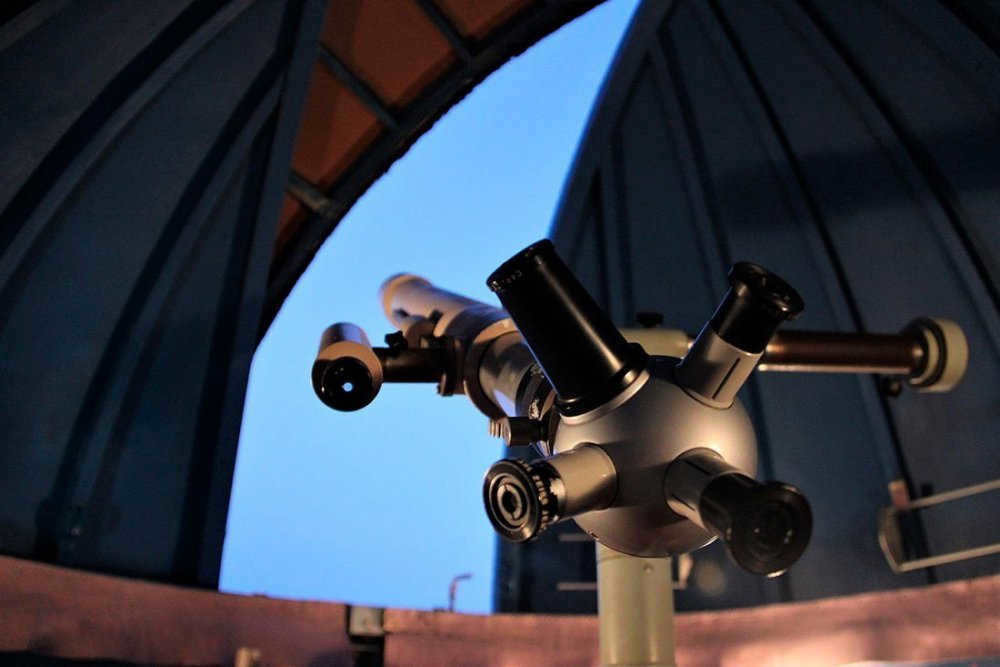
All observatories in Russia can be categorized into three groups, each distinguished by their technical equipment and accessibility for regular tourists.
- Observatories affiliated with scientific institutionsThese observatories are dedicated to continuous space research. Typically, they possess exceptional instruments that enable observers to view celestial objects with maximum magnification and clarity. Undoubtedly, this presents the most compelling and educational excursion option. However, it’s important to note that not all of these observatories are open to the public, and those that are often require visitors to be part of organized groups and schedule appointments in advance.
- Observatories affiliated with universities and other educational institutions. These observatories are often equipped with expensive, professional equipment, although they may not be able to match the resources of major research institutes. Their primary focus is to serve their own community and they do not typically cater to the general public. However, they occasionally host open days, astronomy nights, and other events that provide opportunities for public access.
- Observatories within planetariums. These observatories are always open to the public and offer easy access to telescope viewing. The equipment at these observatories is typically more budget-friendly, although there may be exceptions. Additionally, visitors can enjoy educational movies and captivating lectures on astronomy.
Next, we will provide a list of astronomical observatories that would be fascinating for both adults and children to visit. It is possible that one of these observatories is conveniently located near your residence!
1. The Pulkovo Observatory in St. Petersburg.
This observatory, established in 1835, is among the largest in Russia. Emperor Nicholas I himself laid the first stone of its foundation. The Pulkovo Observatory officially opened in August 1839 under the leadership of Academician Vasily Yakovlevich Struve. Over the years, it has grown from a small laboratory to a prestigious scientific institution, leading the field of Russian astronomy. Today, there are over 250 employees dedicated to various scientific areas such as celestial mechanics, stellar dynamics, astrometry, and stellar physics. The observatory is equipped with state-of-the-art instruments including the 26-inch refractor telescope, the Central Tower refractor telescope, the solar telescope ACU-5, the Large Pulkovo Radio Telescope, the normal astrograph, and the mirror astrograph ZA-320M. These unique instruments are utilized for conducting observations of the cosmos.
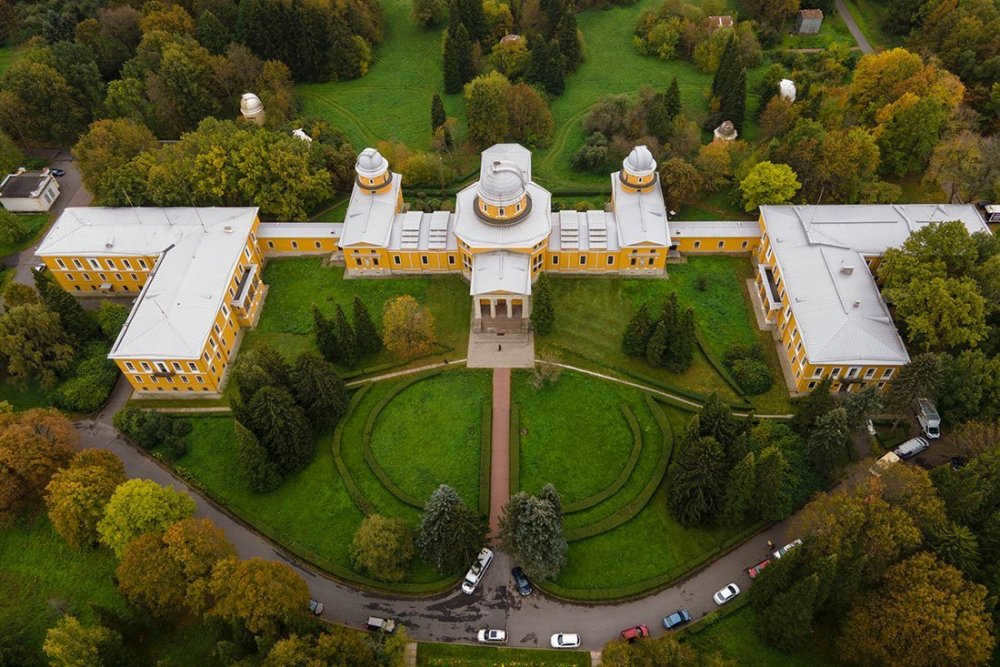
Pulkovo Observatory seen from above. Photo by SadPetzl, CC BY-SA 4.0, via Wikimedia Commons
The Astronomical Museum warmly welcomes those who are eager to explore the rich history of the observatory. Inside, you will have the opportunity to marvel at scientific instruments from centuries past, admire antique telescopes, and peruse through old documents and engravings. One particular highlight is the Round Hall, where visitors can witness the origins of the renowned Pulkovo meridian, which served as the zero point on all maps of the Russian Empire until the 20th century. The picture gallery is also worth a visit, showcasing portraits of esteemed astronomers and breathtaking views of the Pulkovo Observatory. Furthermore, you can partake in informative guided tours led by our knowledgeable scientific staff, who will delve into the intricacies of the universe, unravel the mysteries of the stars, and even grant you the opportunity to peer through one of the Pulkovo telescopes. To stay up to date with the current schedule and the various topics covered in these excursions, please visit the Observatory’s official website.
2. Moscow Planetarium
The Moscow Planetarium, established in 1929, holds the distinction of being the oldest planetarium in Russia. Its primary purpose is to promote and educate the public about the natural sciences. This iconic astronomical center has played a significant role in the capital’s history, as evidenced by the dedication of Vladimir Mayakovsky’s poem “Proletarian, proletarian, come to the planetarium”. Throughout the years, esteemed individuals such as Academician V.P. Glushko, cosmonaut Yuri Gagarin, polar explorer I.D. Papanin, and traveler T. Heyerdahl have delivered lectures within its walls. Additionally, the planetarium housed an esteemed astronomical circle, which nurtured numerous brilliant scientists within the Soviet scientific community.
Presently, the Moscow Planetarium stands as a state-of-the-art educational complex furnished with cutting-edge technology. A pair of celestial chambers boasting captivating films and interactive lectures, a 4D cinema offering an immersive experience, and an experimental Lunarium eagerly await the arrival of visitors. The Theater of Enthralling Science warmly welcomes the youngest astronomy enthusiasts, where a kind-hearted sorcerer educates children on the planets orbiting the Sun, the vast number of stars adorning the sky, and a plethora of other fascinating topics. The Urania Museum acquaints visitors with the rich history of space exploration, while the Sky Park provides a unique opportunity to observe the heavens through the eyes of ancient stargazers.

The Moscow Planetarium’s astronomical equipment is worth noting. One of the main attractions is a 300-mm refractor manufactured by Carl Zeiss Jena, which is housed in the Great Observatory. This refractor serves as the planetarium’s primary observation instrument, allowing visitors to gaze at the starry sky. The Small Observatory features a 400-mm Ritchie-Cretien refractor, designed for more advanced researchers and young scientists. The telescope’s software even allows for remote access and subsequent analysis of observation results.
3. The Tsiolkovsky Museum of Cosmonautics History in Kaluga. Museum of Cosmonautics History in Kaluga
Opened on October 3, 1967, the museum of cosmonautics holds the distinction of being the world’s first of its kind. It was established with the direct involvement of S.P. Korolev, Y.A. Gagarin, and other prominent professionals in the space industry. The exhibition commences with a showcase dedicated to Konstantin Eduardovich Tsiolkovsky, widely recognized as the pioneer of Soviet cosmonautics, as he laid the groundwork for space travel beyond our planet’s atmosphere. Following this, there are one-of-a-kind displays illustrating the various stages of rocket technology advancement, starting from the first artificial satellite to the present-day orbital station. A notable attraction for visitors is the Vostok launch vehicle, which served as the identical counterpart to Gagarin’s spacecraft in 1961. This exhibit was placed in an open area adjacent to the museum building in 1973. Young aspiring cosmonauts will undoubtedly find interest in the original simulators that grant them the opportunity to experience outer space, dock the Soyuz spacecraft with a space station, and even launch a rocket from the cosmodrome.
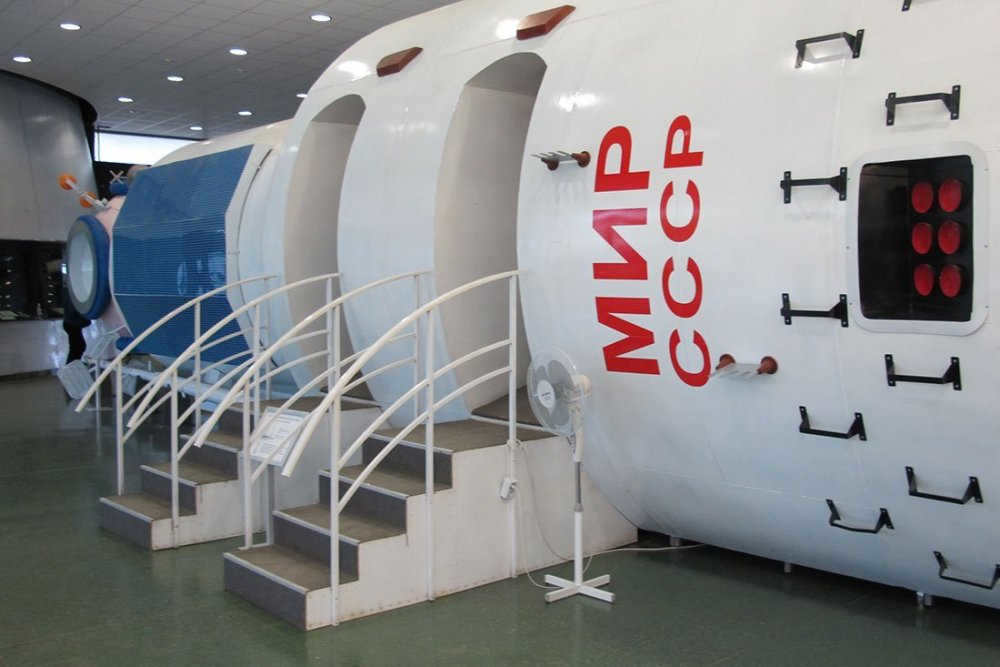
A part of the space station “Mir” can be seen in the Kaluga Museum of Cosmonautics. KrassotkinCC0via Wikimedia Commons
An integral part of the museum complex is its astronomical observatory, equipped with three state-of-the-art telescopes. These include a 430-mm reflector, a 250-mm refractor, and a 95-mm solar refractor telescope. With this advanced equipment, visitors can enjoy fascinating excursions that involve observing the Sun, Moon, planets of our solar system, and even man-made satellites orbiting the Earth. In the event of unfavorable weather conditions, visitors can head to the local planetarium instead. The planetarium boasts a magnificent hall with a 10-meter dome and a cutting-edge Carl Zeiss projection system, ensuring that visitors’ time is well-spent with an engaging multimedia program. The Kaluga Planetarium offers a diverse repertoire of educational films, suitable for viewers of all ages. For more detailed information, please click here.
4. Baikal Astrophysical Observatory
The Baikal Astrophysical Observatory, established in 1980, is dedicated to the examination of the Sun. Situated on the scenic shore of Lake Baikal, approximately 70 kilometers away from Irkutsk, this scientific institution boasts state-of-the-art research equipment, such as the Large Solar Vacuum Telescope (BSVT), a chromospheric telescope, a photogeliograph, and various other unique instruments.
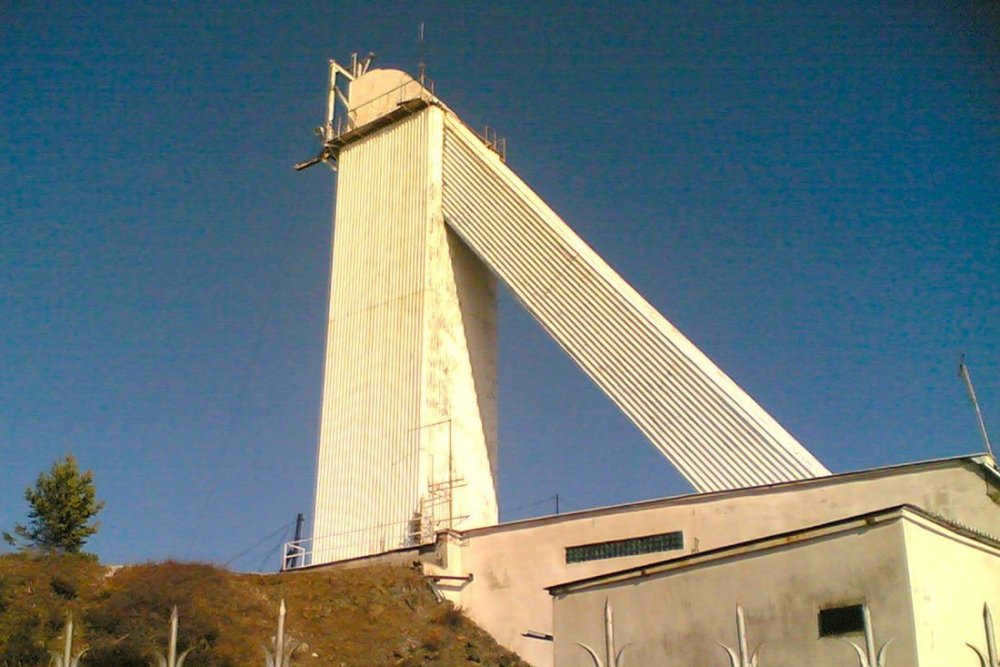
The Large Solar Vacuum Telescope (BSVT) is a notable telescope used in various research programs. However, there is also an old decommissioned telescope that has been repurposed for tourist use. Despite its age, this telescope still offers a view of the solar disk, sunspots, and occasionally even solar prominences in the form of magnificent fiery tongues. Visitors on evening excursions will have the opportunity to observe Mars, Saturn, Jupiter, and the surface of the Moon. Additionally, there will be observations of celestial objects such as Andromeda, Orion, the Ring Nebula, and a globular cluster in the constellation Hercules. The Baikal Observatory has partnered with a specialized tourist company to organize these excursions. Detailed information about dates and the program of events can be found on the company’s website.
5. Irkutsk Planetarium
The Trinity Church in Irkutsk housed the first planetarium in the city back in 1950. However, due to the deteriorating condition of the building, it was forced to close its doors in 1983. It wasn’t until 2015 that the planetarium was revived, thanks to the support of private investors. The new planetarium, equipped with state-of-the-art technology, offers residents and visitors of Irkutsk the opportunity to marvel at the wonders of the night sky on a magnificent dome screen and to explore educational films on various space-related topics.
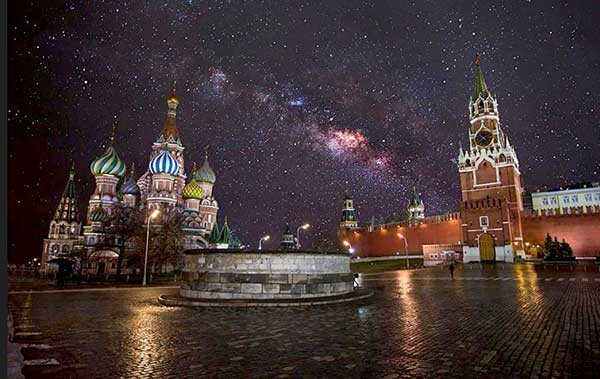
The Irkutsk Planetarium’s observation deck offers a breathtaking view of the night sky. Visitors can use telescopes to explore distant galaxies, stars, and planets. With its state-of-the-art equipment and knowledgeable staff, the planetarium provides a unique opportunity to delve into the wonders of the universe. Whether you’re a seasoned astronomer or just starting your celestial journey, the observation deck is a must-visit destination.
Photo by Ted.ns, CC BY 4.0, via Wikimedia Commons
The astronomical observatory holds a special position in the Irkutsk Planetarium ensemble. Situated on the fourth floor of the building, it is accessed via a steep staircase adorned with ancient star charts created by Jan Hevelius. Visitors with a passion for astronomy can ascend to the upper level and peer through a 170-mm refractor telescope, capable of magnifying celestial objects up to 300 times. This level of magnification allows for clear views of the Moon, bright planets, and certain double stars. Unfortunately, the city lights hinder more detailed observations of the night sky. To overcome this challenge, the Irkutsk Observatory organizes regular trips outside the city, specifically to the 72nd kilometer of the Kultuksky Tract. There, aspiring astronomers can observe deep space objects using a portable 305-mm telescope. For further information about the observatory’s activities, please refer to the planetarium’s website.
6. Crimean Astrophysical Observatory
The Crimean Astrophysical Observatory was established in 1945 as an extension of the Pulkovo Observatory. Situated approximately 25 kilometers away from Simferopol, near the village of Nauchny, this astronomical center is home to around 80 researchers who specialize in various fields of astrophysics, such as solar physics, stellar physics, and geodynamics. The observatory boasts an impressive collection of equipment, which includes 17 optical telescopes, including multiple solar telescopes, and 4 radio telescopes.
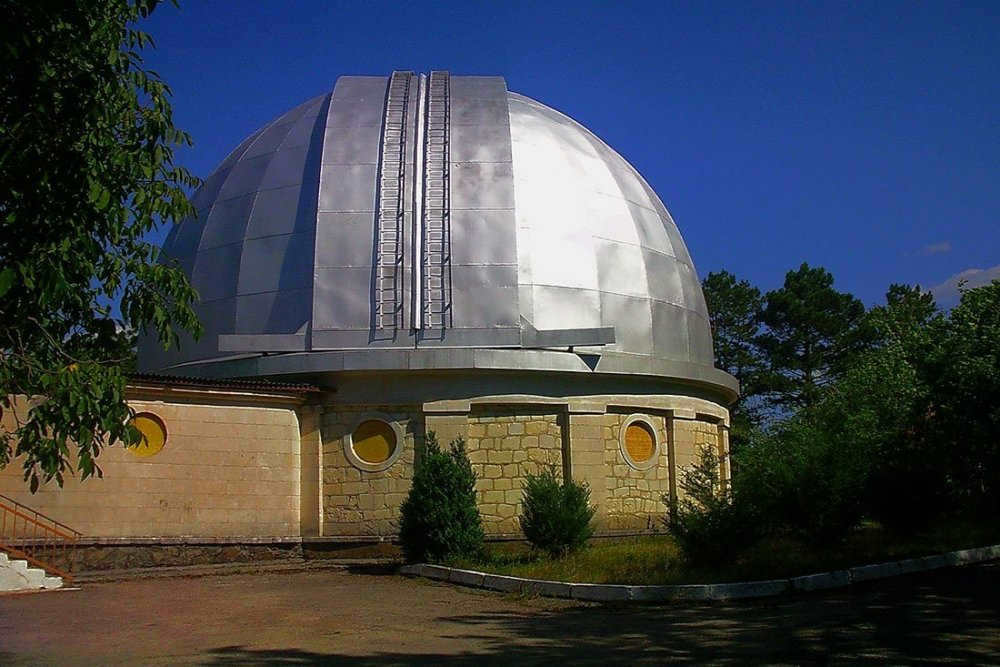
Crimean Astrophysical Observatory. Dmitry Sklyarenko, CC BY 3.0, via Wikimedia Commons
The Crimean Astrophysical Observatory warmly welcomes curious tourists who are interested in astronomy and offers an engaging lecture followed by the opportunity to observe stars and planets. During the daytime, visitors can also observe the Sun and its surface spots. In addition to these activities, guests can explore the apartment-museum of Academician A.B. Severny, the esteemed leader of the Crimean Astrophysical Observatory for 35 years. Before embarking on this fascinating journey, it is important to coordinate your visit with the observatory staff.
7. V.P. Engelhardt Kazan Observatory
The Kazan University’s star observatory was established in 1901 thanks to the notable involvement of the renowned Russian astronomer Vasily Pavlovich Engelhardt. He generously contributed his personal celestial observation equipment to the university and played a vital role in the construction of the observatory building. Presently, the Kazan Astronomical Center boasts a 480-mm AZT-14 reflector, a 12-inch refractor, a Bamberg zenith telescope, a heliometer, a meridian circle, and other advanced scientific instruments.
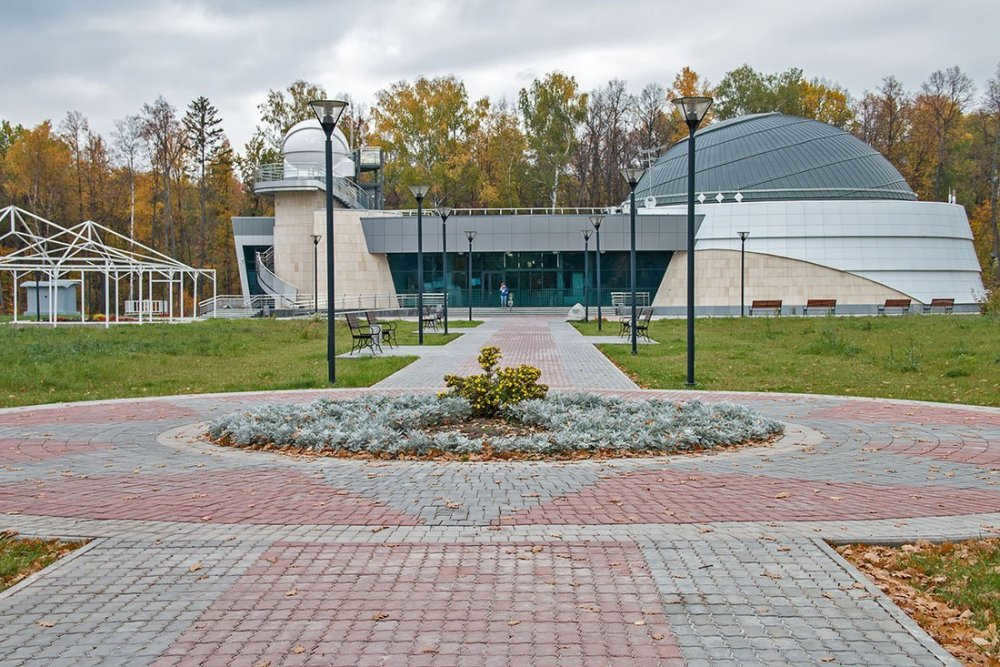
Engelhardt Astronomical Observatory is home to a planetarium that was established in 2013. Visitors have the opportunity to explore the wonders of the night sky, including stars, planets, and the vastness of the universe. If you’re interested in educational programs or stargazing, you can find more information and register here.
8. The Special Astrophysical Observatory in Karachay-Cherkessia
Since its establishment in 1966, the astronomical observatory located in the village of Nizhny Arkhyz has been at the forefront of scientific research. The centerpiece of this impressive scientific center is the Large Azimuthal Telescope (BTA), which boasts astonishing dimensions. Standing at a towering height of 53 meters and weighing over 850 tons, the BTA’s main mirror has a diameter of 6 meters! In addition to this behemoth, the super telescope is also accompanied by smaller counterparts, the Zeiss models, with mirror diameters of 0.6m and 1m. For the observatory’s guests, there are specially prepared Celestron telescopes, measuring 205mm and 280mm, offering magnifications of 470 and 660 times respectively. Utilizing these remarkable instruments, countless visitors have the opportunity to witness the awe-inspiring beauty of planets, galaxies, and star clusters.
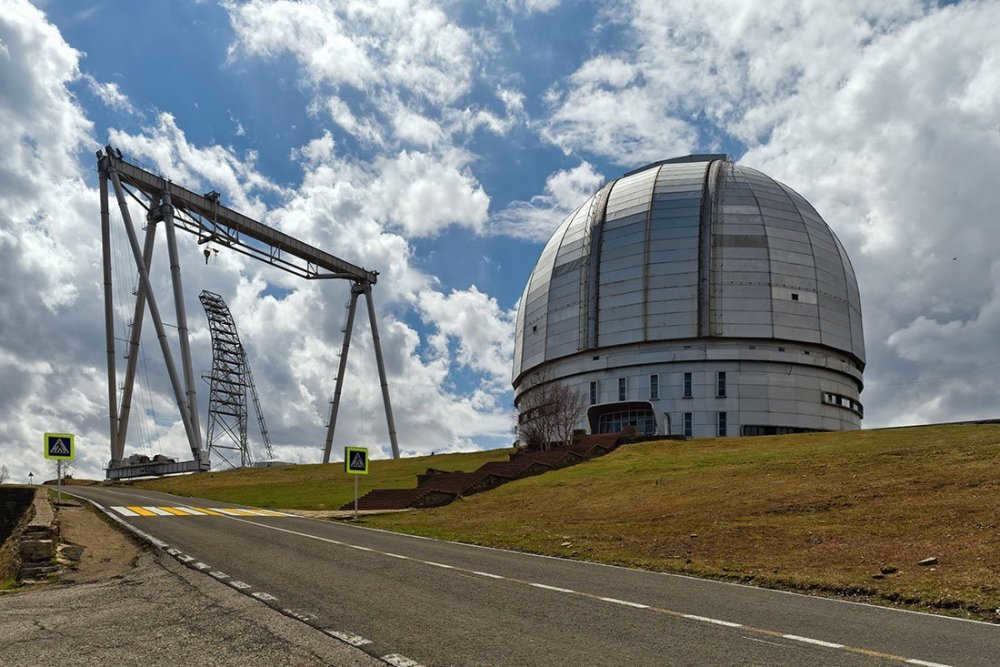
The Lower Arkhyz Observatory is home to the impressive Large azimuthal telescope (BTA). This remarkable instrument is a sight to behold, and it is featured in a photo by Alexxx1979, which is licensed under CC BY-SA 4.0, and can be found on Wikimedia Commons.
Another remarkable piece of equipment at the observatory is the RATAN-600 ring radio telescope. This unique telescope has an antenna diameter of a whopping 600 meters! However, if you want to visit this extraordinary facility, you will need to plan a separate excursion, as it is located 25 kilometers away from the main site in the village of Zelenchukskaya. All the necessary contact information for tourists interested in visiting the observatory can be found on the official website.
Of course, not all astronomical observatories offer the opportunity to peer through an actual telescope. However, there are now excellent observation sites at the Ural and Southern Federal Universities. It is also worth mentioning the planetariums, which, in addition to their traditional lectures and movies, have started providing visitors with real star-gazing experiences. As of the time of writing this article, the planetariums in Volgograd, Nizhny Novgorod, Novosibirsk, and Perm have all established fully equipped observatories.
In this article, we will provide a comprehensive review of all the observatories in Moscow where you can observe the stars and planets through a telescope, witness meteor showers and distant nebulae, and immerse yourself in the vastness of our Universe.
For your convenience, we have provided a brief overview of observatories, including their location and a hyperlink to the official website. This will allow you to access information regarding telescope availability and session pricing.
Astronomical Observatory at Moscow Planetarium
From May to September, visitors to the Moscow Planetarium can enjoy stargazing through a telescope at the seasonal astronomical site called “Park Sky”.
This site is home to a unique 300-millimeter astronomical telescope, manufactured by the renowned company “Carl Zeiss Jena”. It was originally assembled in East Germany (then known as GDR) in the mid-20th century and was later installed in the Moscow Planetarium’s 9-meter observation tower in 1989. The telescope was accessible to the public until 2002 when the planetarium underwent restoration. It reopened in August 2011.
Location: 5 Sadovaya-Kudrinskaya Street, Building 1, Moscow.
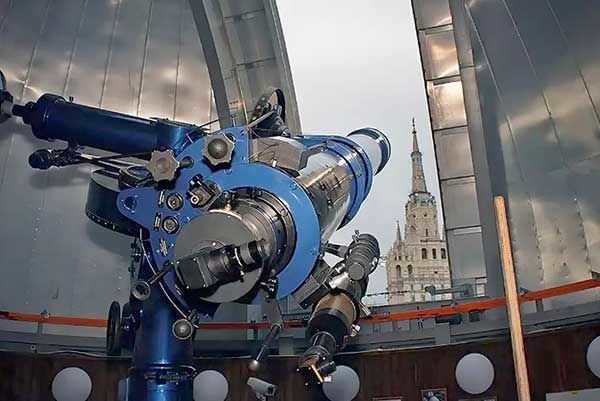
Moscow State University Student Observatory
The Moscow State University Student Observatory was established in 1986 at Leninskie Gory. To visit, you must make an appointment when students and professors have availability outside of their classes. During the tour, you will have the opportunity to observe the planets in our solar system, distant stars, and their clusters through a telescope. The tour typically lasts around ninety minutes.
To register, please email [email protected] or [email protected]
Location: 13 Universitetsky prospect, Moscow.
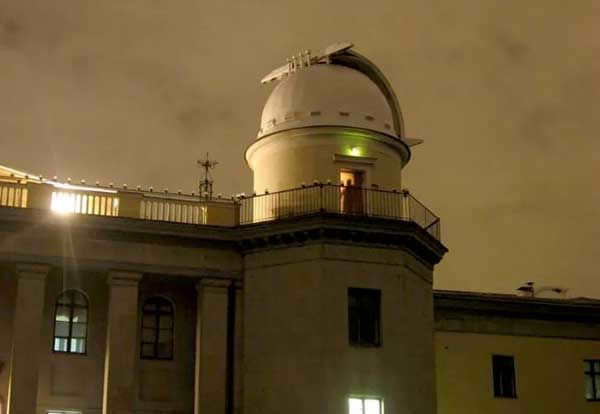
Sokolniki Park’s People’s Observatory
The People’s Observatory, known as “Starry Sky,” at Sokolniki Park has reopened following restoration work in October 2012. The original building, constructed in the late 1950s, had fallen into disrepair by the late 1980s.
As part of the restoration, a new rotating dome and state-of-the-art astronomical equipment have been installed. The observatory in Sokolniki can accommodate a maximum of 20 people at a time due to its small size.
Visitors can use the main 406-millimeter telescope to view all the planets in the solar system as well as distant worlds. Additionally, a special 90-mm solar telescope is available for observing the Sun, providing visitors with the opportunity to see prominences and black spots with its 100-fold zoom.
If you need more details on the tours and the cost of tickets, feel free to reach out at 8 (965)386-08-96 or explore the official website.
Located at Sokolnichesky Val, 1A, building 4, Moscow.
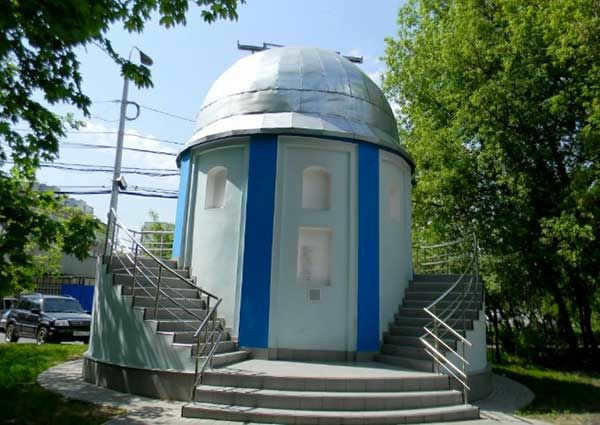
Observatory at Gorky Park
Now you have the opportunity to admire the night sky in Moscow at the Gorky Park Observatory, where you can observe celestial bodies such as the Sun, Moon, and Venus during daylight hours. In the evening, you can enjoy a wide range of astronomical objects, including galaxies and nebulae.
The local observatory underwent a complete renovation and restoration by 2012, and now it boasts a powerful telescope for stargazing and a sliding dome.
The observatory offers daily lectures, and the staff is always friendly and ready to answer any questions you may have. The ticket prices are quite reasonable.
The observatory is located on the right side, not far from the main entrance to the park.
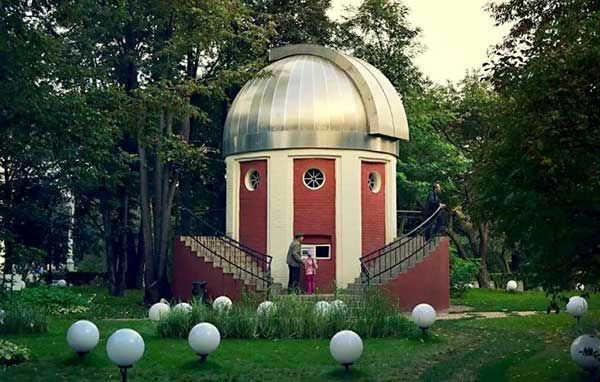
Observatory for Kids at the Palace of Creativity
This observatory, located in the heart of the capital, is one of the oldest ones designed specifically for children. It regularly hosts open days, providing free access to the observatory. On special occasions, such as star gazing or eclipses, additional guided tours are organized.
Location: Moscow, Kosygina, 17, building 1
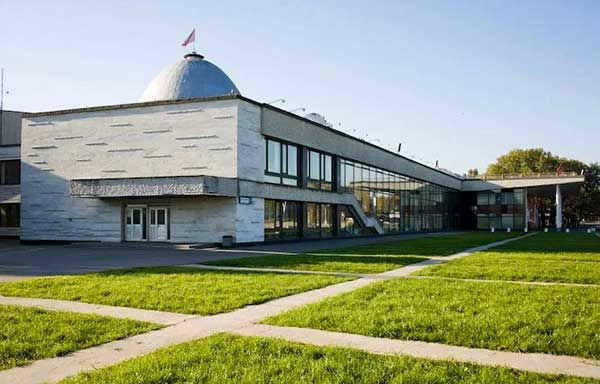
Exclusive Ka-Dar Observatory
The exclusive Ka-Dar astronomical observatory is located in the Moscow region and operates throughout the year, except for the months of intense brightness between June and August. Guided tours typically last around 2 hours, allowing visitors the chance to peer through the telescope. Please note that the observatory’s schedule is subject to weather conditions, so it’s advisable to check in advance.
Address: M.O., Kuzminskoye village, Domodedovo urban district (2 km from Barybino station).
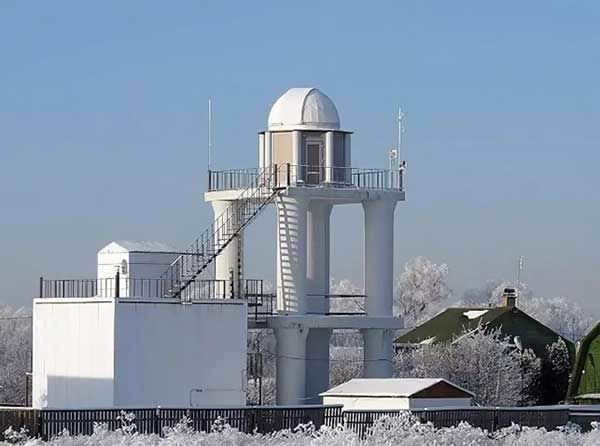
Here is a comprehensive review featuring all the notable astronomical observatories in Moscow and the Moscow region, where one can have a realistic opportunity to gaze at the stars through a telescope.
Get ready for an incredible experience!
Observing the dark and star-filled skies has become a rare privilege. Due to the increasing light pollution, finding places on Earth where you can see the Milky Way is becoming increasingly challenging. However, astronomical observatories are strategically situated in remote, mountainous areas with minimal population and minimal light pollution, providing the ideal conditions for observing celestial phenomena. Many of these observatories are open to visitors, allowing them to gaze through their telescopes and explore the wonders of the cosmos. We have curated a selection of seven accessible and public observatories from around the world, including one from Russia.
1. St. Petersburg’s Pulkovo Observatory

Photo: Aperture Vintage / Unsplash.com
The Pulkovo Observatory in St. Petersburg offers not only “white” but also “black” nights, which are particularly starry due to winds and anticyclones.
Belonging to the Russian Academy of Sciences, the Pulkovo Observatory was established in the mid-19th century and features the Pulkovo Meridian at its center, serving as the starting point for Russian geodesists.
The observatory regularly hosts evening and night excursions and houses an astronomical museum. When planning a visit, it is advisable to check the weather forecast for the next 2-3 days, as it is usually quite accurate.
The schedule of excursions is determined by the season and the time of day, however, it typically involves observing constellations from outdoors.
The personnel at the observatory recommend selecting the tour that includes a visit to the 26-inch refractor tower for first-time visitors. The telescope’s tube measures over 10 meters in length. This device carries out observations on every clear night. Pulkovo’s 26-inch refractor is ranked among the top telescopes worldwide for studying visual binary stars.
2. Crimean Astrophysical Observatory
The Crimean Astrophysical Observatory is a significant scientific research facility located in Crimea. It serves as a major center for studying various astronomical phenomena and conducting cutting-edge research in the field.
Situated on the Crimean Peninsula, the observatory benefits from its remote and pristine location, which provides optimal conditions for observing celestial objects and conducting experiments. The observatory boasts a wide range of advanced telescopes and equipment, allowing scientists to explore the mysteries of the universe and gather valuable data.
In addition to its research activities, the Crimean Astrophysical Observatory also plays a crucial role in education and outreach. It offers educational programs and workshops for students and the general public, aiming to inspire a passion for astronomy and scientific discovery.
Overall, the Crimean Astrophysical Observatory is a significant institution in the field of astronomy, contributing to our understanding of the universe and inspiring future generations of scientists.
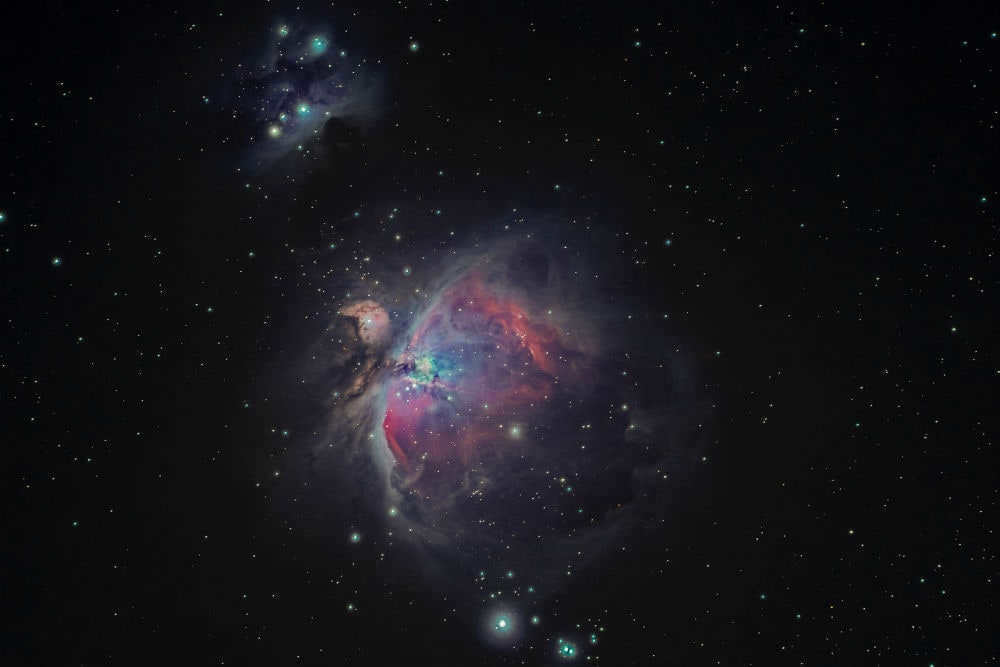
Photo: Bryan Goff / Unsplash.com
The observatory in Crimea was constructed in conjunction with a scientific town known as “Scientific,” situated at an elevation of 600 meters. This location represents the highest settlement on the peninsula. Spread across a vast area, telescopes and administrative structures are interspersed among ancient pine, linden, blue spruce, Lebanese cedar, and chestnut trees. The observatory benefits from its proximity to the nature reserve and the mountainous terrain, ensuring clear and tranquil skies.
The facility runs a total of 17 optical telescopes, including the renowned Schein telescope, which boasts the largest mirror in Europe at 2.6 meters, as well as the Tower Solar Telescope. During the day, visitors have the opportunity to observe solar prominences – explosions occurring on the surface of the Sun. In the evening, they can marvel at the Moon, stars, and planets. The observatory staff offers guided tours every evening, which can be arranged in advance by phone, and also regularly hosts educational lectures on intriguing topics such as black holes and dark matter.
Before planning a visit, it is recommended to check the weather forecast. Additionally, the observatory staff suggests avoiding full moon nights, as the craters on the Moon are not visible during this time and the moonlight diminishes the visibility of the Milky Way, star clusters, and nebulae.
The guided tours commence in the late afternoon, and for those interested, there is an option to stay overnight at the observatory hotel.
3. The Moleta Astronomical Observatory: A Unique Destination in Lithuania
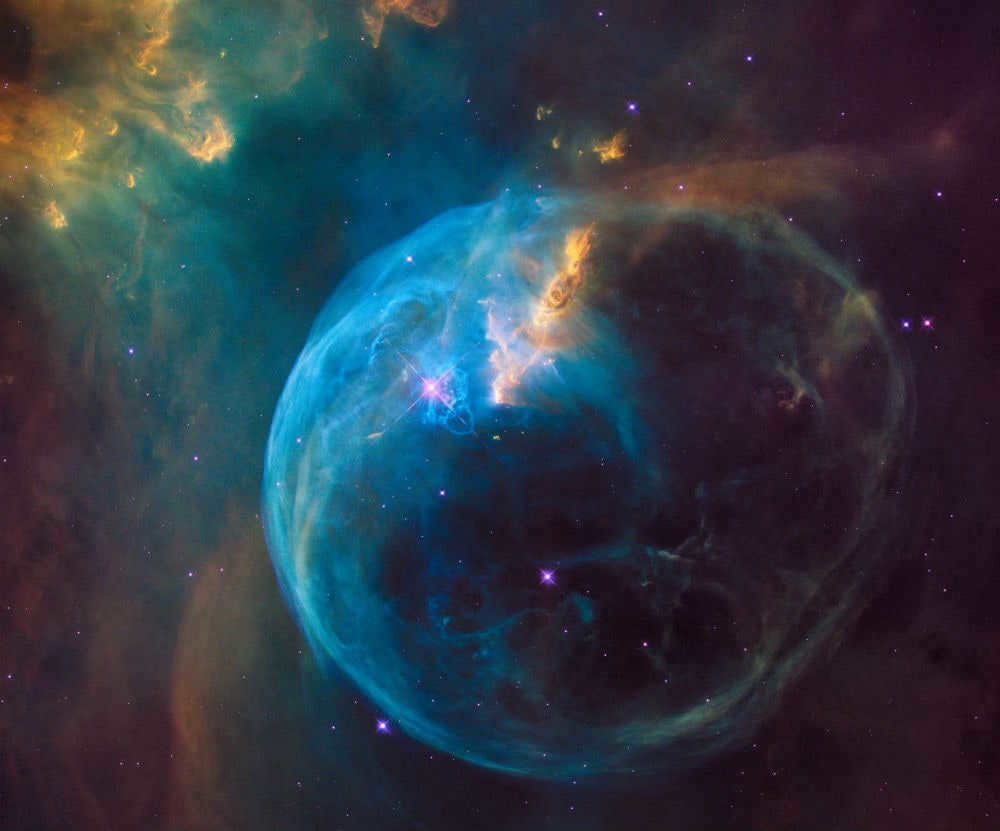
Moletai Observatory was constructed in 1969, located just 10 kilometers away from the historic Lithuanian town of Moletai and 70 kilometers from Vilnius. It was strategically built on the elevated 200-meter hill called Kaldinaia, specifically chosen for its dark sky.
The construction of the observatory was necessary as a replacement for the two old observatories in Vilnius. Urban expansion and light pollution had rendered space observation impossible in the city, prompting the need for a new observatory in a remote location.
The immense fascination of tourists with the observatory has led scientists to establish an ethnocosmological museum in its vicinity. The museum, designed in the form of a “flying saucer” and constructed using aluminum and glass, showcases an array of meteorite fragments, photographs capturing the beauty of galaxies, an authentic sundial, and intricate models representing various planets. Additionally, the museum offers night excursions featuring mesmerizing observations of stars and planets, facilitated by a state-of-the-art telescope located within the dome of the towering 45-meter structure. During daylight hours, visitors can also witness the splendor of the sun from within the observatory building.
4. Roque de los Muchachos in the Canaries
Roque de los Muchachos in the Canaries is a unique place to visit. Located on the island of La Palma, it offers breathtaking views and a unique atmosphere. The Roque de los Muchachos is the highest point on the island and is home to one of the world’s most important observatories.
The Roque de los Muchachos Observatory is a hub for astronomers from around the world. Its high altitude and clear skies make it an ideal location for studying the stars. Visitors can take a guided tour of the observatory and learn about the groundbreaking research being conducted there.
In addition to the observatory, Roque de los Muchachos offers stunning hiking trails and panoramic viewpoints. The diverse landscape of the island makes for a challenging and rewarding hiking experience. Visitors can explore volcanic craters, dense forests, and rocky cliffs, all while enjoying the fresh mountain air.
For those interested in astronomy, Roque de los Muchachos is a must-visit destination. The observatory provides a unique opportunity to learn about the universe and witness the wonders of the night sky. Whether you’re a seasoned astronomer or just have a curiosity about the cosmos, Roque de los Muchachos is sure to leave a lasting impression.
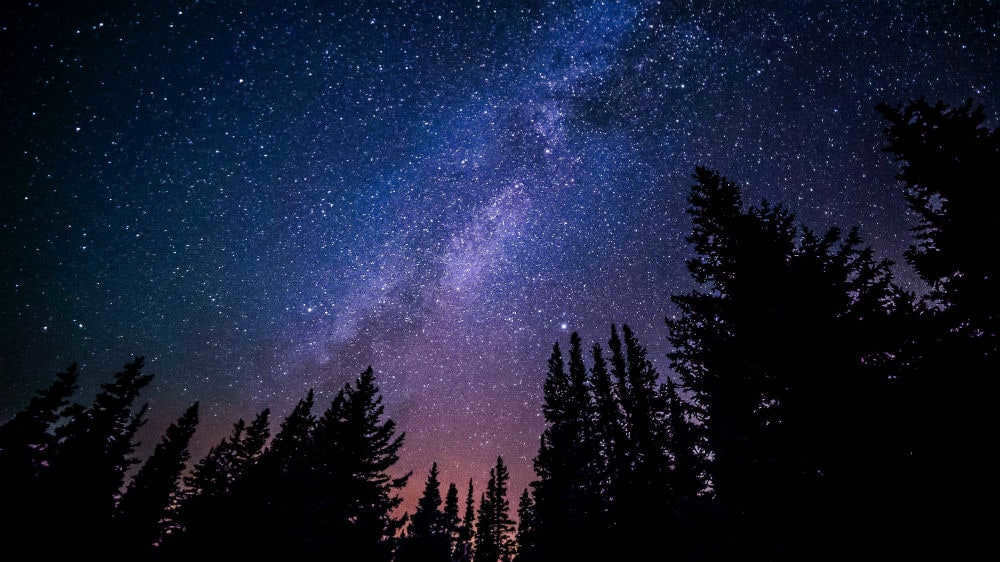
Photo: Ryan Hutton / Unsplash.com
The Roque de los Muchachos observatory is one of the most significant scientific observatories of our era. Situated on the La Palma island, it encompasses a vast area of 2,400 square meters.
In 1979, the Newton Telescope was transferred to this observatory from the Greenwich Royal Observatory, marking its establishment. Today, the observatory houses 14 groups of telescopes and attracts teams from various European countries and the United States. The reason behind this is the exceptional quality of the sky and the minimal levels of light pollution found here, which are among the finest in the world. La Palma has implemented regulations to control light pollution and airplane flight paths, with even the street lights designed to minimize upward light glare.
The schedule for visiting the observatory may change depending on the season, but it is open to the public. To find the most up-to-date information, you can check the observatory’s website. During a visit, tourists have the opportunity to learn about the telescopes, their functions, as well as gain knowledge about astronomy and scientific discoveries. While visitors are not able to directly look through the telescopes, the night sky at the observatory is so brilliantly illuminated that stargazing can still be enjoyed without the need for special equipment.
Adjacent to the observatory is a viewing platform that offers a panoramic view of the telescope clusters and the island’s main mountain range.
There are numerous other astronomical complexes situated in the Canary Islands. The Teide Observatory, located on the island of Tenerife, specializes in the study of the Sun. It is home to the largest solar telescope in Europe, known as the Gregory Solar Telescope. Visitors on the excursion have the opportunity to observe the Sun using two telescopes equipped with different filters, which provide views of the chromosphere, photosphere, and various features such as spots and flares.
Another popular activity for astronomy enthusiasts in the Canaries is to visit the Teide National Park, which offers exceptionally clear skies for observing the Milky Way and stars. It is possible to spot 83 out of the 88 officially recognized constellations here.
Local tour companies provide astrotours to the finest skywatching locations in the archipelago, as well as group tours to the observatories.
5. Observatories in Chile
Chile is home to some of the most advanced and important observatories in the world. These observatories are located in the Atacama Desert, which is known for its clear skies and low light pollution. The Atacama Desert provides the perfect conditions for observing the stars and studying the universe.
One of the most famous observatories in Chile is the European Southern Observatory (ESO). The ESO operates several telescopes in Chile, including the Very Large Telescope (VLT), which is one of the most powerful telescopes in the world. The VLT consists of four individual telescopes that can work together or independently to observe the cosmos.
Another important observatory in Chile is the Atacama Large Millimeter/submillimeter Array (ALMA). ALMA is an international partnership between Europe, North America, and East Asia, and it is the largest astronomical project in existence. ALMA is made up of 66 individual antennas that work together to observe the universe in the millimeter and submillimeter wavelengths.
In addition to these large observatories, there are also several smaller observatories scattered throughout Chile. These observatories are often run by universities or research institutions and contribute to the ongoing study of the universe.
Overall, Chile’s observatories are vital to our understanding of the universe and play a crucial role in astronomical research. Their location in the Atacama Desert provides unique and optimal conditions for observing the cosmos, making Chile a hub for astronomers and scientists from around the world.
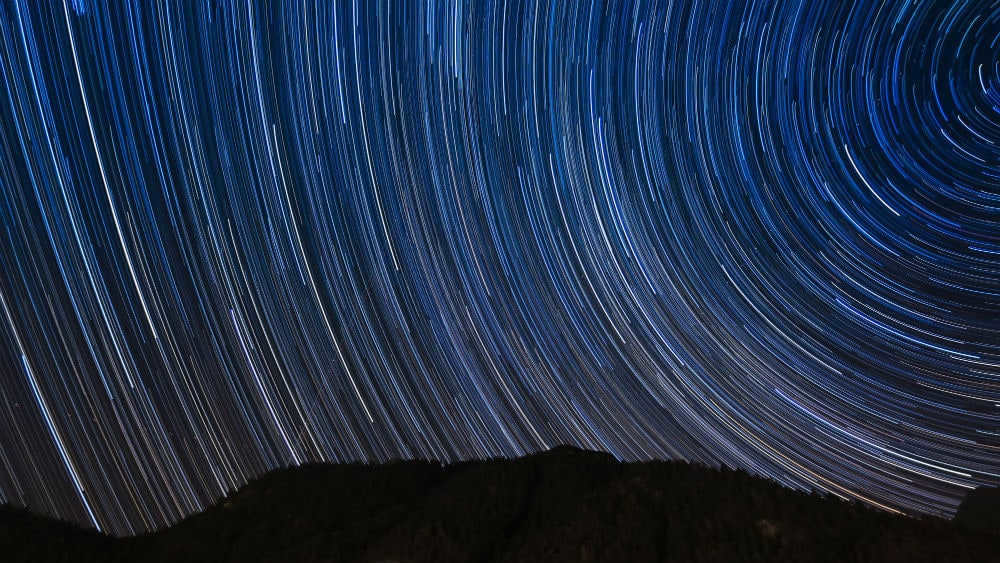
Photo: Paul Gilmore / Unsplash.com
The Atacama Desert in Chile offers a unique opportunity to witness the wonders of the universe. Situated in the highlands of the Andes, the region boasts a dry, clean, and clear atmosphere, with 300 days of clear skies each year. It is only in the southern hemisphere where one can marvel at the brilliance of certain stars, the central expanse of the Milky Way, and the Magellanic Clouds – the satellite galaxies of our own Milky Way.
Most of the telescopes in the desert have been constructed by the international organization “European Southern Observatory” (ESO). It commenced observing the southern sky in the mid-20th century, and presently it is regarded as one of the foremost centers of space exploration globally. Atacama is the domicile of 40 percent of the world’s telescopes. This statistic is projected to escalate in the imminent future – several substantial establishments are being constructed in this vicinity, including the Giant Magellan Telescope (GMT) and the European Extremely Large Telescope (E-ELT) with a 40-meter mirror, which will be capable of providing a more detailed image than the orbiting “Hubble”.
The ESO observatories – La Silla, Llano de Chajnantor, and Paranal – are the most popular and largest among visitors. They offer free tours on weekends, but you must make an appointment through their website. Due to high demand, you may need to join a waiting list as many people in Chile are eager to experience the wonders of space up close. Visitors are transported to the observatories from the village of San Pedro de Atacama on a dedicated bus.
The observatories in the Atacama desert resemble futuristic colonial astronomical stations straight out of a science fiction movie set on Mars. The Paranal station is particularly famous among James Bond fans, as it was featured in the film “Quantum of Solace.”
Additionally, tourists in Chile have the opportunity to visit the Cerro Tololo Observatory, which is located near the small town of Vicuña. This observatory is both the oldest and largest in the country, but you will need to arrange your own transportation to reach it.
Websites: eso.org, almaobservatory.org, ctio.noao.edu.
6. Mount Wilson Observatory in the United States
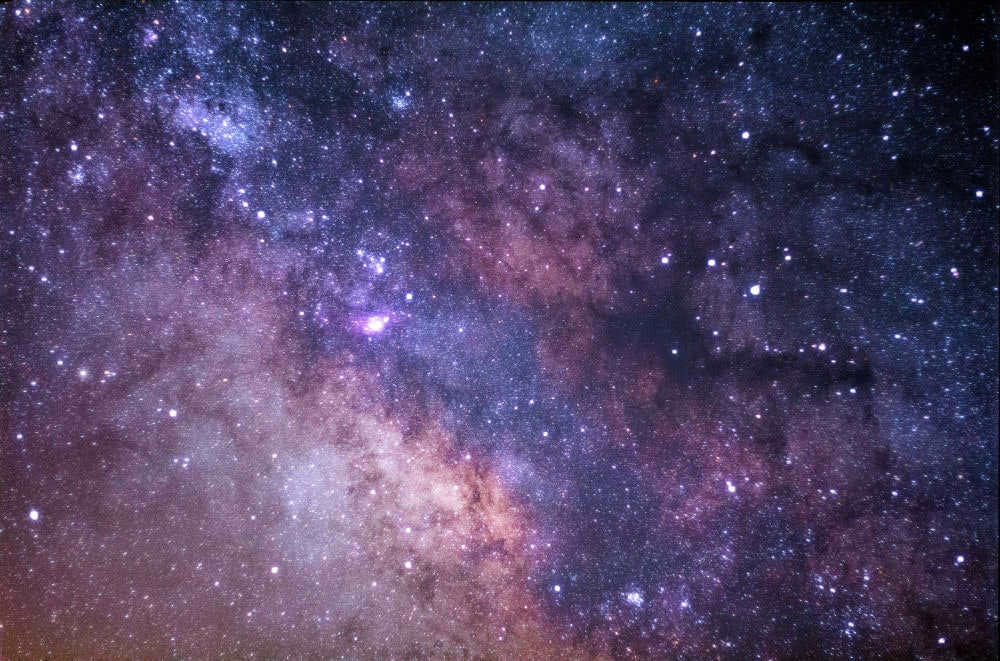
Photo: Jeremy Thomas / Unsplash.com
The Mount Wilson observatory, located at an elevation of 1,742 meters near Los Angeles, was established in 1908 and had the privilege of hosting a visit from the renowned physicist Albert Einstein in 1931. Although its proximity to a bustling city has limited its capacity for deep space exploration, the observatory remains a fascinating destination for astronomy enthusiasts.
The Hawker Telescope, located at this site, is the largest astronomical instrument in the Western Hemisphere. It was utilized by the renowned astronomer Edwin Hubble, who is also the namesake of the powerful Hubble Space Telescope, an automated observatory orbiting the Earth. During the 1920s, Hubble captured images with the Hawker Telescope in Mount Wilson that revolutionized our understanding of the universe. These photographs revealed that the so-called “spiral nebulae” were not mere gas clouds, but rather immense star systems – spiral galaxies akin to our own Milky Way, yet distant from our position.
Currently, the Hawker Telescope is open for public observations free of charge from early spring to late fall. Guided tours are available on weekends, both during the day (without telescope viewing) and at night (including observation). Private group tours can be arranged by making a reservation on the observatory’s official website.
7. The Sonnenberg Observatory-Museum in Utrecht, Netherlands
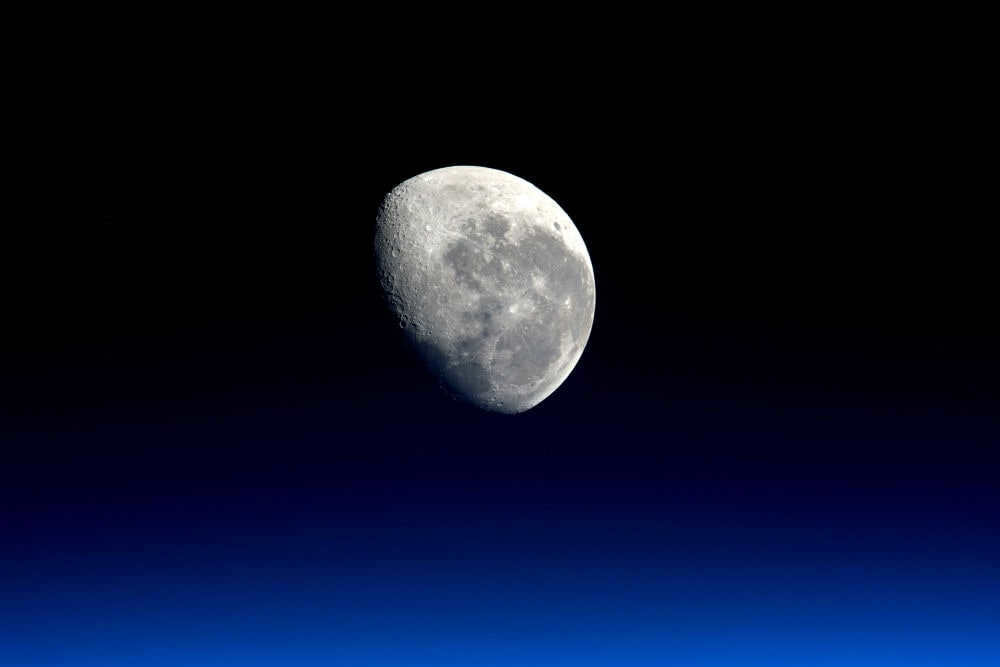
Established in 1853, the Utrecht University Observatory is one of the oldest observatories in the world. It is home to Europe’s oldest telescope and is located within the surviving structure of a former 17th-century bastion.
Today, the observatory primarily serves an educational role and is open to the public. However, advanced reservations are required for observations. The facility features four operational telescopes, including a solar telescope. Additionally, the observatory offers guided tours, popular science lectures, astronomy camps for children, a museum, and a planetarium.
Aside from observatories, there are official “dark sky reserves” where you can observe stars. The International Dark Sky Association (darksky.org) grants this status to certain areas. Every year, they compile rankings of the regions with the darkest and most breathtakingly starry skies.
Image credit: Denis Degioanni / Unsplash.com
Written by: Gaisina Dania
One of our guests happened to spot a large creature lurking in the shrubbery. Its eyes glowed with intensity, and a limb dangled from its mouth.
The cat pondered, “I wish I were born a Semite,” bidding farewell to the eggs. Purebred cats find it quite terrifying, you know.
My father battled, drank, and ended up in jail. My mother gained extensive experience in dealing with his psychological issues. When Dad…
At first, she came to visit. Then she started showing up unannounced. One day, she stayed out late and spent the night.
The Russian dacha represents the epitome of comfort. Lara takes great pleasure in tending to the stove and gazing out the window at the rain. When asked about her favorite place to relax and unwind, she responds with a smile.
–Watch the Video Below:
 On August 23, 2012, an American political satire titled “DEBT BOMB: The Global Financial Crisis Stripped Bare” was viewed by 90 people.
On August 23, 2012, an American political satire titled “DEBT BOMB: The Global Financial Crisis Stripped Bare” was viewed by 90 people.
 On April 23, 2012, a film called “Nerves” was viewed by 46 people.
On April 23, 2012, a film called “Nerves” was viewed by 46 people.
 On April 4, 2012, a video featuring N.Rockefeller discussing the ultimate goal of world government was viewed by 155 people.
On April 4, 2012, a video featuring N.Rockefeller discussing the ultimate goal of world government was viewed by 155 people.
 On February 20, 2012, a male striptease performance was viewed by 256 people.
On February 20, 2012, a male striptease performance was viewed by 256 people.
–Links
–Music
–Apps
 WallWall: a mini-guest book that allows visitors to your diary to leave you messages. To display messages in your profile, you need to visit your wall and click on the “Update” button.
WallWall: a mini-guest book that allows visitors to your diary to leave you messages. To display messages in your profile, you need to visit your wall and click on the “Update” button.- I work as a photographerPlugin for publishing photos in the user’s diary. Minimum system requirements: Internet Explorer 6, Firefox 1.5, Opera 9.5, Safari 3.1.1 with JavaScript enabled. It might work
- TorrNADO – torrent tracker for blogsTorrNADO – a torrent tracker for blogs
- PostcardsA renewed catalog of postcards for all occasions
- The online game “Empire”Transform your humble castle into a formidable fortress and ascend to the throne as the ruler of the most powerful kingdom in Goodgame Empire. Construct your very own empire, expand its borders, and protect it from rival players. Б
–Available at your convenience
–Search using a diary
–Receive updates via email
–View statistical data
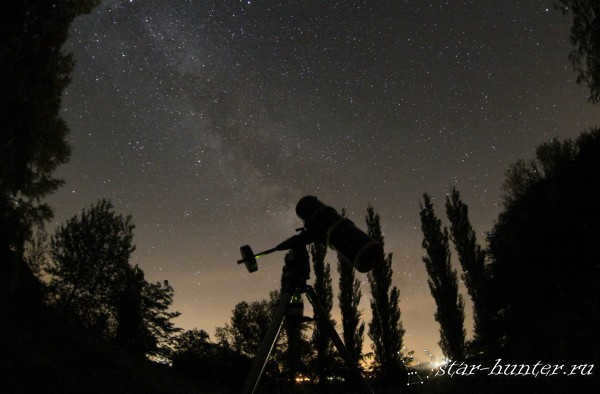
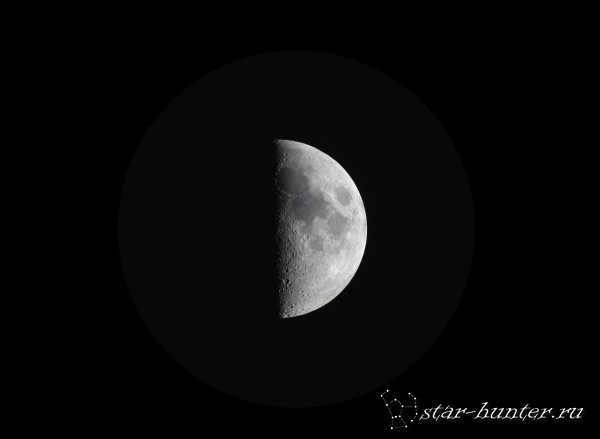
Through a telescope with a 40x magnification and a 40-degree field of view eyepiece, we can observe a rough representation of the Moon.
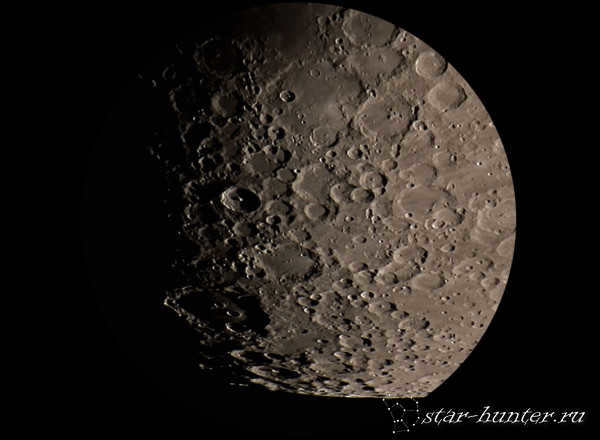
A rough approximation of the Moon as seen through a telescope with increased magnification.
Additionally, when using a telescope, one can observe the complete set of planets in our solar system. In smaller telescopes, Mercury may resemble a mere star, while in telescopes with a diameter of 100 mm, one can catch a glimpse of the planet’s phase – a minuscule crescent. Unfortunately, Mercury can only be observed at certain times, as it is situated close to the Sun, which poses difficulties for observation. On the other hand, Venus, also known as the morning evening star, shines as the brightest object in the sky (excluding the Sun and the Moon). In fact, Venus can be so luminous that it is visible during daylight hours with the naked eye (provided you know where to direct your gaze). Even with smaller telescopes, one can discern the planet’s phase, transforming from a tiny dot to a large crescent resembling the Moon. Interestingly, some individuals who glimpse Venus through a telescope for the first time mistakenly believe that they are observing the Moon. This misconception arises due to Venus’s dense and opaque atmosphere, which prohibits any visual details from being seen – only a white crescent is visible.
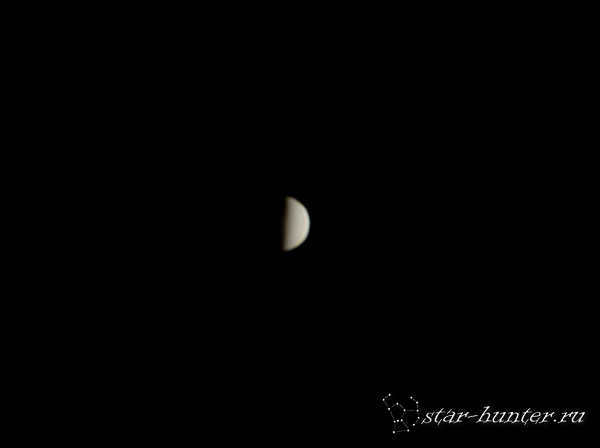
Observing Venus using a homemade telescope
Earth. Surprisingly, a telescope can also be utilized for observing the terrestrial world. Many individuals purchase a telescope for both stargazing and terrestrial observations. However, not all types of telescopes are suitable for this purpose. Specifically, lenticular and mirror-lens telescopes provide a direct image, while mirror telescopes in the Newtonian system invert the image. Mars. Yes, the same Mars that becomes visible every year on August 27 with its two moons. Year after year, people fall for this silly joke and pester astronomers with questions. In reality, Mars can only be seen as a small circle even in fairly large telescopes, and only during specific encounters that occur once every two years. However, it is quite realistic to observe the darkening on the planet’s disk and the polar cap in telescopes ranging from 80-90 mm.
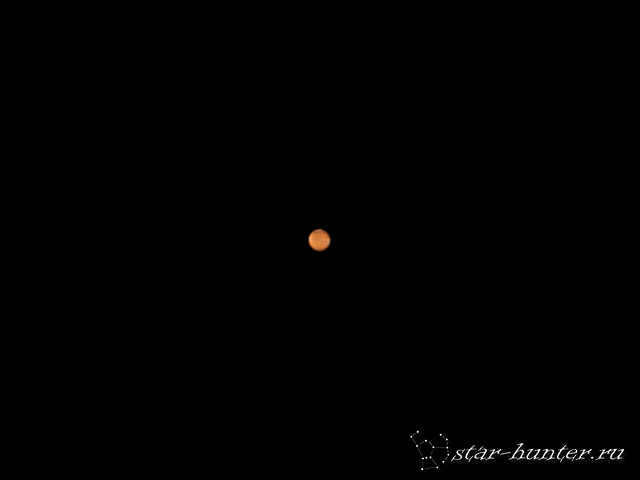
Observing Mars through a 150 mm amateur telescope provides a unique view of the planet.
The era of telescopic observations may have begun with Jupiter. When Galileo Galilei looked through a simple homemade telescope at Jupiter, he discovered four satellites – Io, Europa, Ganymede, and Callisto. This discovery played a significant role in advancing the understanding of the heliocentric system. Even with smaller telescopes, it is possible to observe the cloud belts on Jupiter’s disk. The famous Great Red Spot is visible in telescopes with a diameter of 80-90 mm. Additionally, it is possible to witness satellites passing in front of Jupiter’s disk and casting their shadows on it.
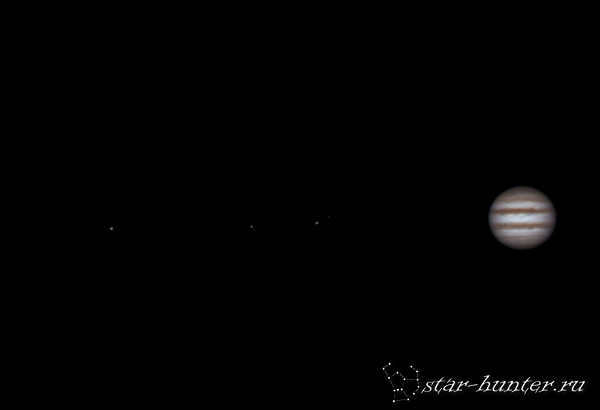
Jupiter and its moons are a sight to behold when viewed through a small telescope.
Saturn is truly a sight to behold, and each time I see it, it takes my breath away, even though I’ve seen it over a hundred times. The rings can be observed even with a small 50-60 mm telescope, but the best views are obtained with telescopes that have a diameter of 150-200 mm. With these telescopes, you can clearly see the black gap between the rings (known as the Cassini gap), the cloud belts, and several of its moons.
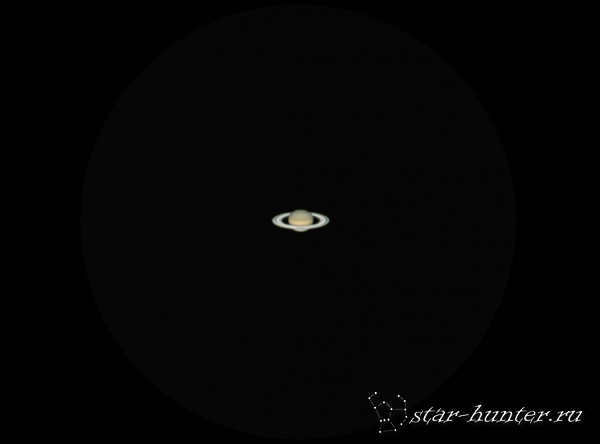
When observing through a telescope, you can see Saturn at a magnification of approximately 200x.
Uranus and Neptune are distant planets that orbit far away from the other planets. When viewed through small telescopes, they appear as mere stars. However, larger telescopes can reveal their tiny bluish-greenish disks, although no specific details can be observed.
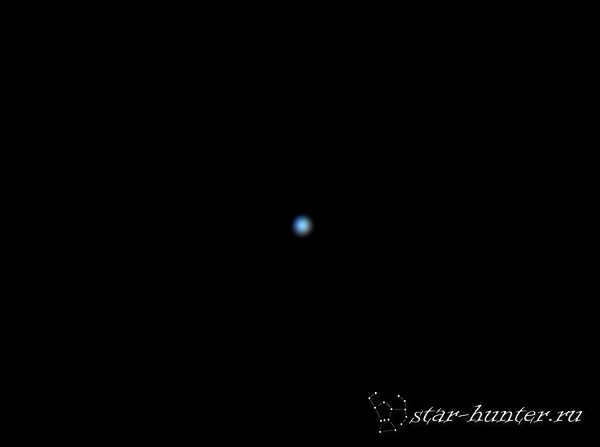
Approximate image of Uranus as seen through a 200 mm telescope
Star clusters can be observed using telescopes of various sizes. There are two types of star clusters – globular and open. A globular cluster appears as a round hazy spot, which, when observed through a medium-sized telescope (around 100-130 mm), starts to resolve into individual stars. The number of stars in globular clusters is extremely large and can reach several million. On the other hand, open clusters are groups of stars that often have irregular shapes. One of the most famous open clusters visible to the naked eye is the Pleiades in the Taurus constellation.
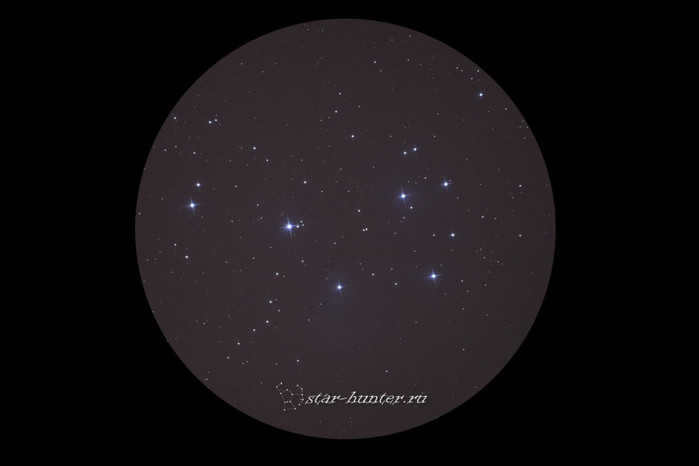
The Pleiades star cluster, also known as M45, is an astronomical object that can be observed through a telescope.
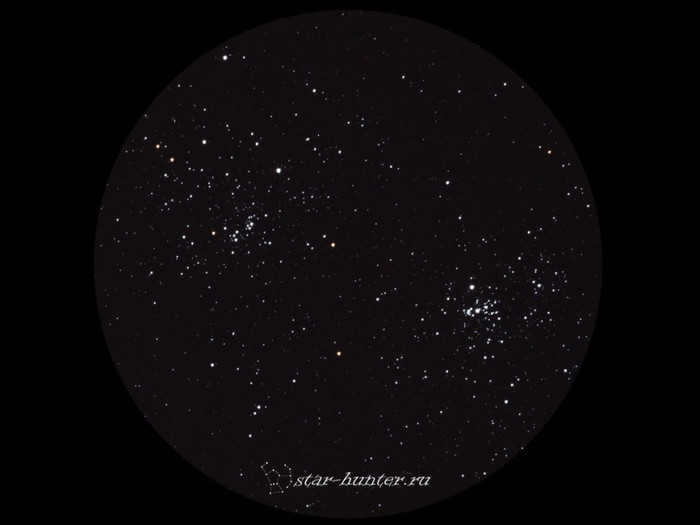
The Perseus double cluster, consisting of h and χ, can be observed in telescopes with an aperture of approximately 75 to 80 millimeters.

The approximate view of the globular cluster M13 in the Hercules constellation can be observed through a 300 mm diameter telescope.
Galaxies. These clusters of stars can be spotted not only through a telescope, but also through binoculars. It is more about the search than the actual observation. In a telescope, they appear as small, colorless dots. The shape of bright galaxies can be seen starting from a diameter of 90-100 mm. The Andromeda Nebula is an exception, as its shape can be easily seen even with binoculars. However, spiral arms are not visible until a diameter of 200-250 mm, and even then, they are only visible in a few galaxies.
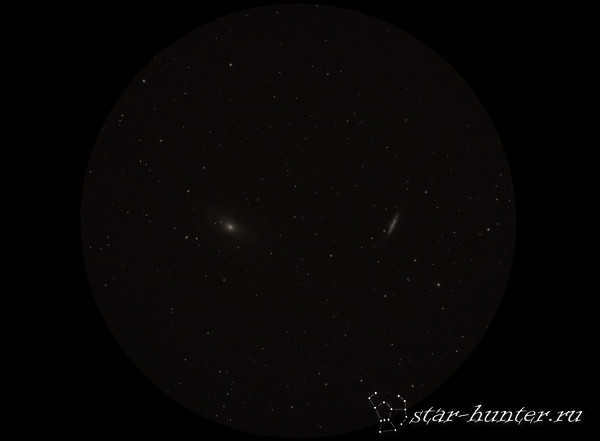
The constellations of the Big Dipper contain the fascinating galaxies M81 and M82, which can be observed through 20×60 binoculars or telescopes with a diameter of 80-90 mm.
Nebulae are formations consisting of interstellar gas and/or dust that are illuminated by either other stars or remnants of stars. Similar to galaxies, they appear as faint spots when observed through small telescopes. However, when using larger telescopes (around 100-150 mm), one can observe the intricate shapes and structures of most bright nebulae. A prime example is the Orion Nebula (M42), which is visible to the naked eye and reveals a complex gas structure resembling puffs of smoke when observed through a telescope. Some compact and bright nebulae even exhibit distinct colors, such as the Turtle Nebula (NGC 6210), which appears as a small bluish disk.
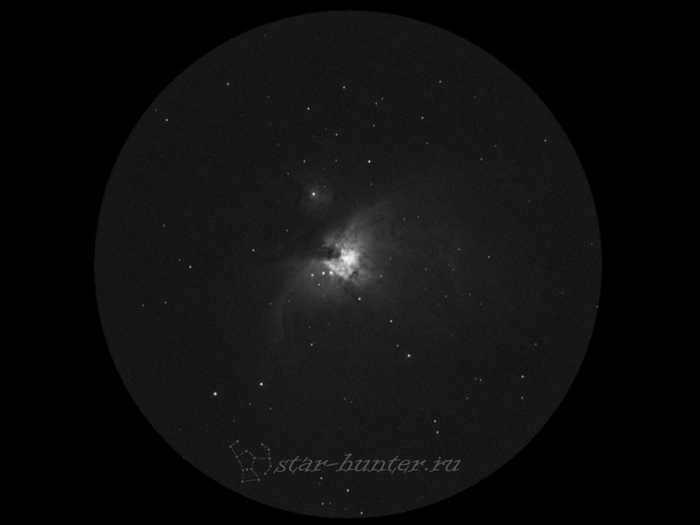
The magnificent Orion Nebula (M42) is a sight to behold through telescopes with a diameter of 80mm or larger.
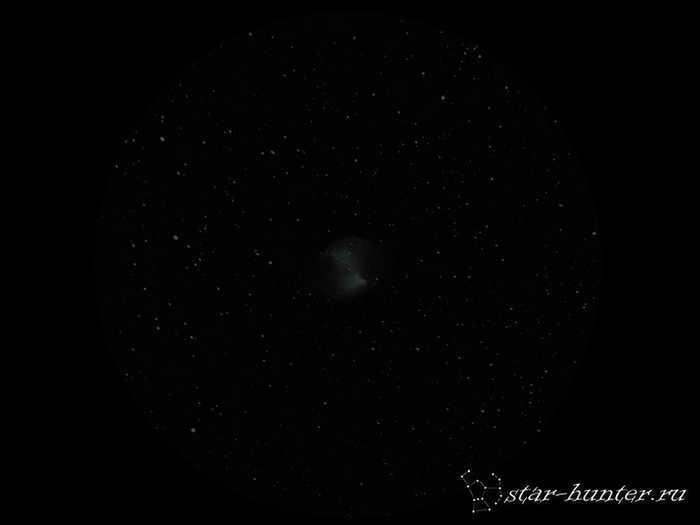
Located in the constellation Foxy, the Dumbbell nebula, also known as the planetary nebula M27, offers a captivating sight when observed through telescopes with diameters ranging from 150 to 200mm.
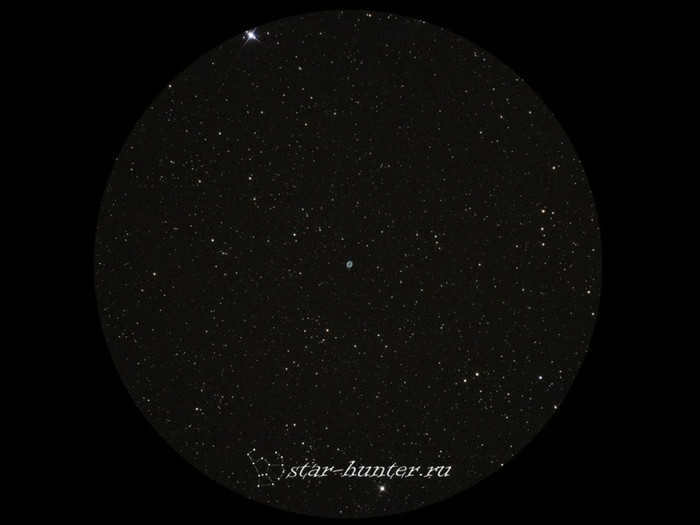
Located in the constellation Lyra, the M57 “Ring” planetary nebula offers a fascinating sight to observers using a telescope with a diameter of 130…150mm.
Binary stars are a common occurrence in the Universe, with systems consisting of two, three, or even four stars. These systems often feature stars of different sizes, masses, and colors. One particularly stunning example of a binary star is Albireo, located in the constellation of Cygnus, also known as the Swan. To the naked eye, Albireo appears as a single star, but when viewed through a telescope, it reveals itself as two distinct bright dots, each with its own unique color – one orange and the other bluish.
It is worth noting that when observed through a telescope, all stars appear as mere dots due to their immense distance from Earth. However, there is an exception – our very own Sun. It is essential to exercise caution when observing the Sun, as doing so without proper protection can be extremely dangerous. To safely observe the Sun, a specialized aperture filter must be securely attached to the front of the telescope. It is crucial to avoid using tinting films, smoked glass, or floppy disks as substitutes for a proper filter. Always prioritize the safety of your eyes!
Assuming all necessary precautions are taken, even a small telescope with a diameter of 50-60 mm can reveal sunspots – dark formations on the surface of the Sun. These spots are associated with the emergence of magnetic lines. Since our Sun rotates with a period of approximately 25 days, daily observations of sunspots allow for the detection of the Sun’s rotation.
